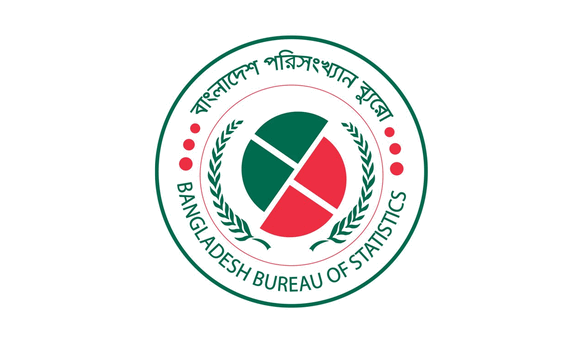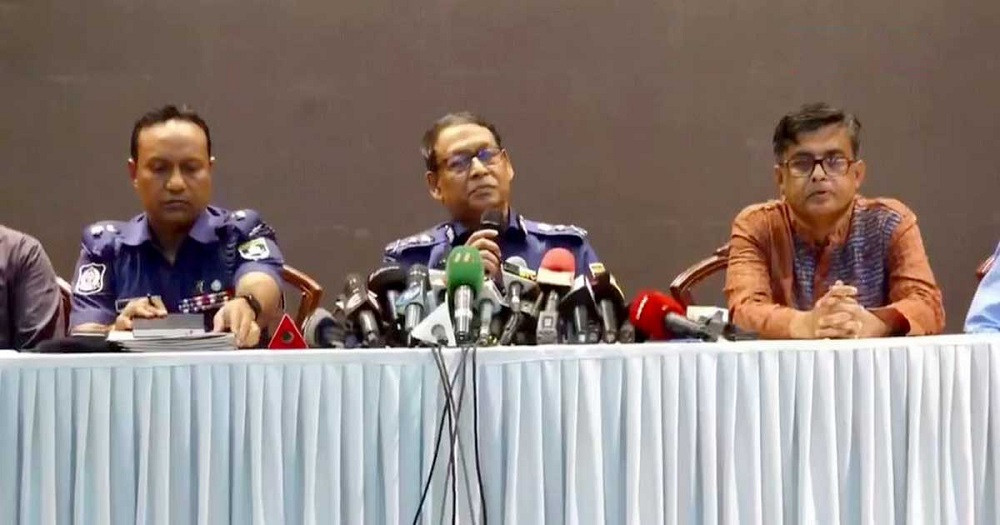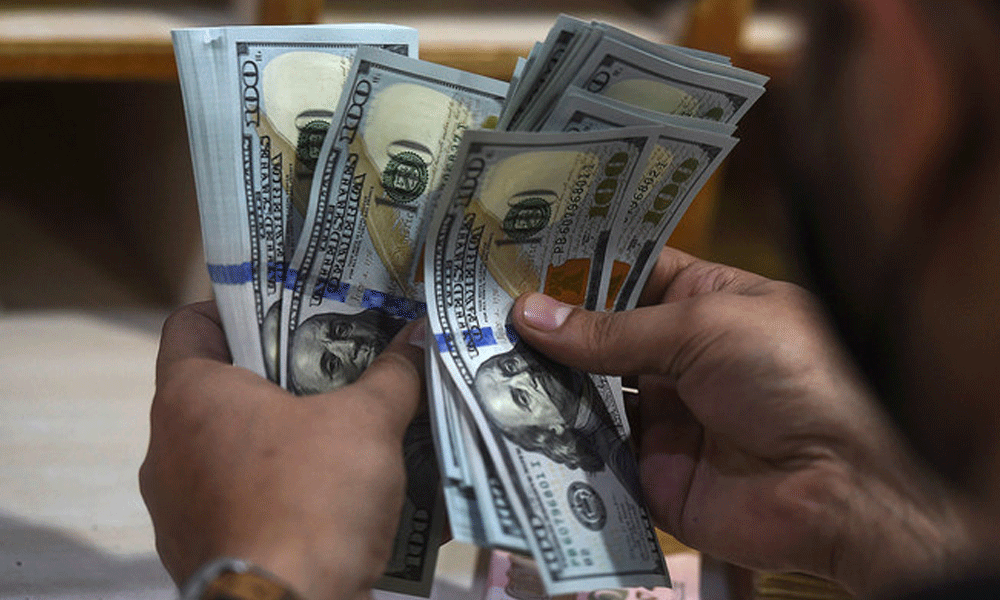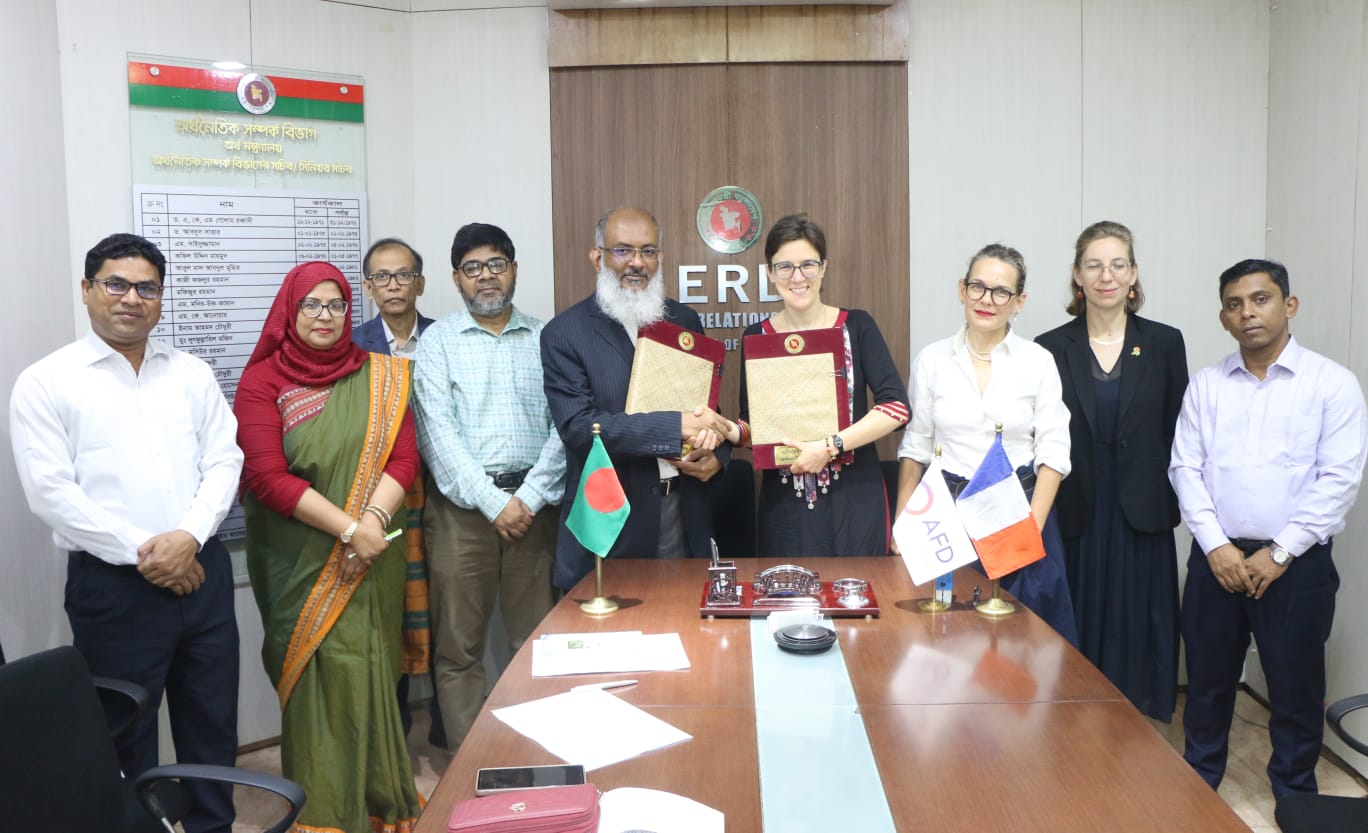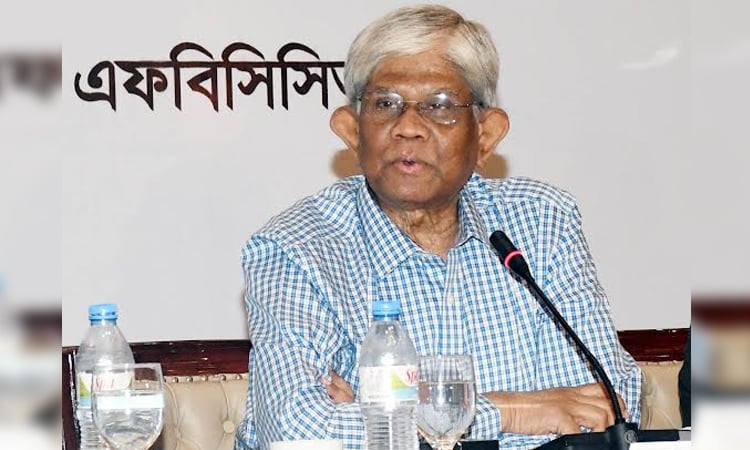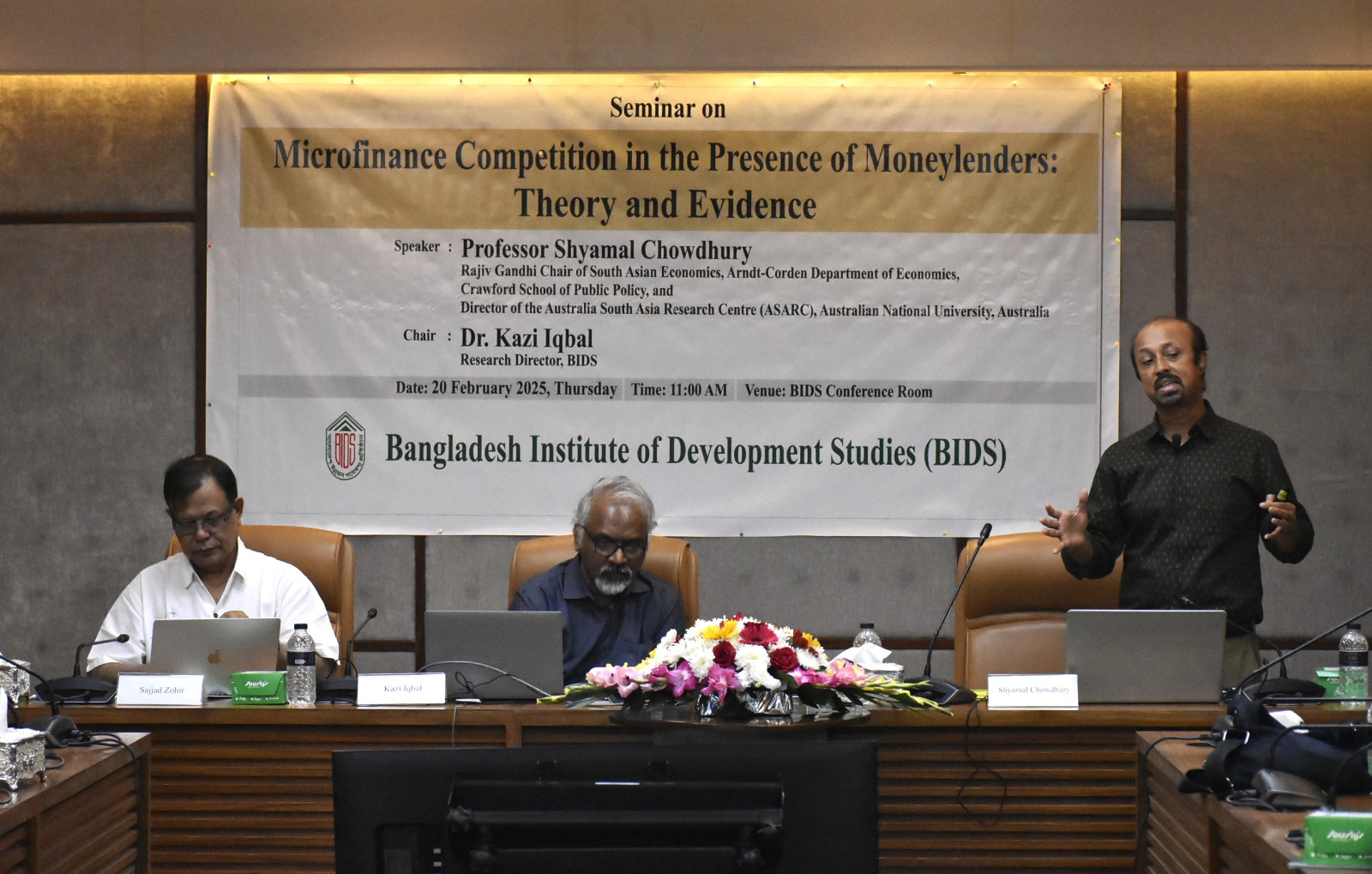
Competition among microfinance institutions (MFIs) in the rural economy has significantly reduced the interest rates charged by moneylenders. However, people in rural areas still feel more comfortable taking loans from NGOs than from banks.
This information emerged from a study by the Bangladesh Institute of Development Studies (BIDS). The research report was published on Thursday at a conference held at the BIDS conference room in Agargaon, Dhaka.
The study, titled “Microfinance Competition in the Presence of Moneylenders: Theory and Evidence,” was presented by Professor Shyamal Chowdhury, Director of the Australia-South Asia Research Centre.
The study revealed that when a new NGO enters a village, the tendency to take loans from moneylenders decreases by 33%, and their interest rates drop by nearly 25%.
Professor Shyamal Chowdhury stated, “Despite the increase in the number of banks and NGOs in Bangladesh, the presence of moneylenders has not been entirely eradicated. Many villagers are still compelled to take loans from moneylenders for urgent needs.”
For rural people, loans from NGOs remain their primary source of financial support. He further added that while 50% of rural borrowers obtain loans from NGOs, around 20-30% still borrow from moneylenders.
The study found that currently, an average of 5-6 NGOs are operating in each village in Bangladesh. Approximately 50% of rural people take loans from NGOs, while fewer than 5% borrow from banks.
The study also revealed that the average interest rate charged by moneylenders is still around 145%, which is several times higher than the interest rates charged by NGOs (24-28%). Although the terms for NGO loans are relatively easier, there is still a tendency to borrow from moneylenders in some cases.
Dr. Kazi Iqbal, Senior Research Fellow at BIDS, mentioned, “While moneylenders charge high interest rates, they can offer loans quickly, which remains a significant challenge for the rural economy. However, with the increasing number of NGOs, this tendency is gradually decreasing.”
Professor Shyamal said, “The competition among microfinance institutions has brought positive changes to the rural economy. However, to make it fully successful, there needs to be more coordination among banks, NGOs, and government agencies.”
Md Fazlul Kader, Managing Director of the Palli Karma-Sahayak Foundation (PKSF), stated that the discrepancies in loan disbursement timelines between MFIs and borrowers sometimes force rural borrowers to take loans from moneylenders.
Professor Shyamal emphasized that whether moneylenders remain in the market depends on the demand for their loans. If there is demand, moneylenders will continue to exist. For instance, when someone suddenly falls ill, they still go to moneylenders, as banks may not be as quick. When NGOs are more readily available, people tend to visit hospitals. If they have a credit card, they don’t face problems, but if not, they are forced to approach NGOs. The role of moneylenders still exists. NGOs are providing loans for productive sectors, such as agriculture, where farmers pledge livestock or crops to secure loans. However, in cases where people urgently need loans for other reasons, they still turn to moneylenders.
This version corrects the grammar and flow of the text while maintaining the original meaning.



